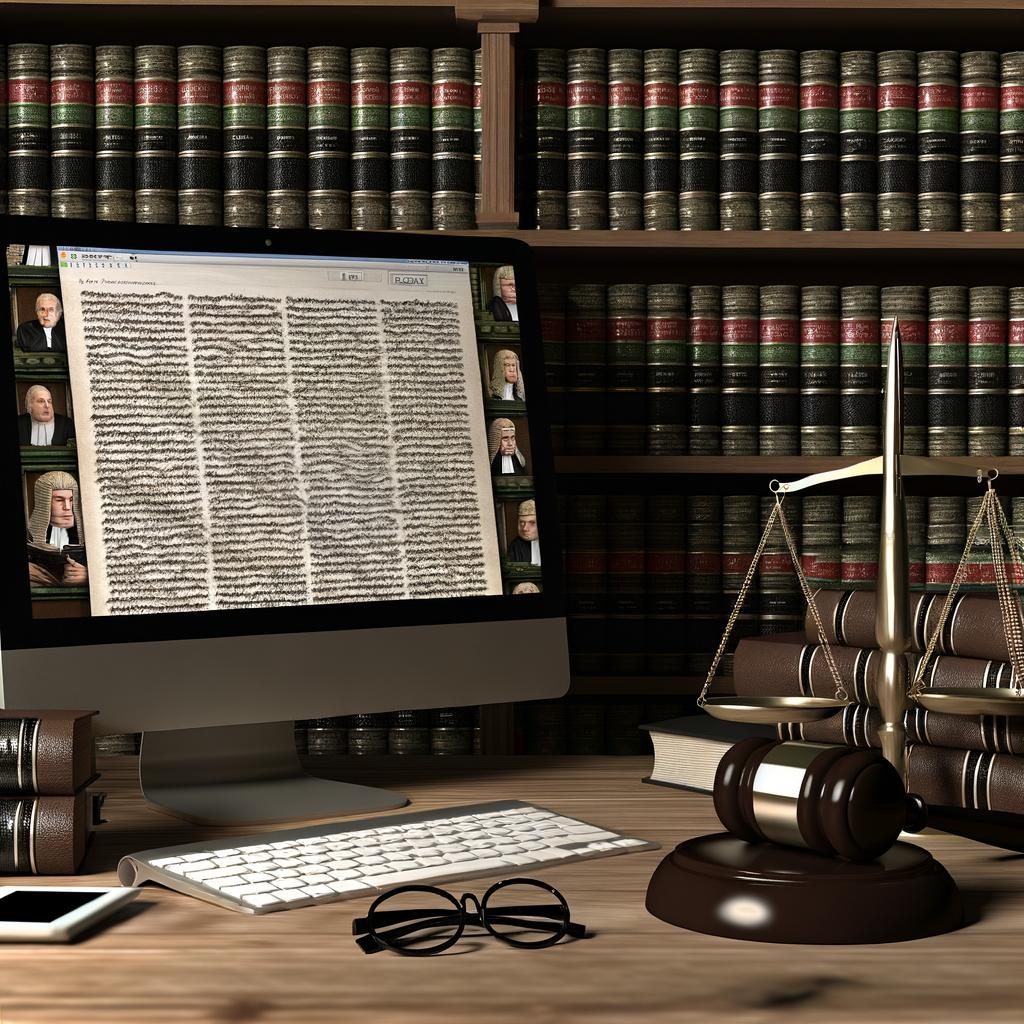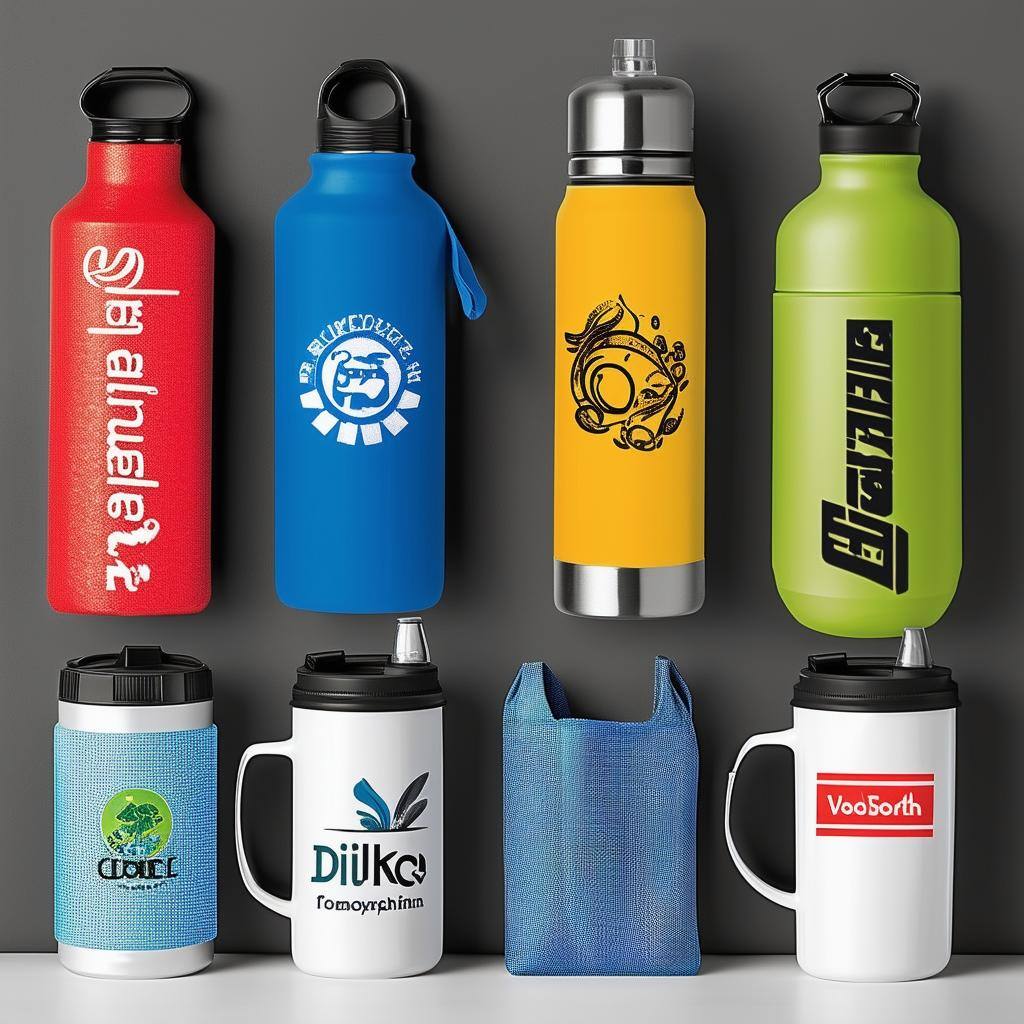Leveraging Brand Protection to Combat Counterfeiting and Infringement

Brand protection is a critical concern for today’s brand owners. The modern world poses two immense struggles for brand owners: counterfeiting and infringement. These immoral practices conflict financial losses to businesses and pose grave health and safety threats to customers. It takes a concerted, intense effort involving: legal mechanisms and tools, technology venues and, synergies with industry stakeholders to stem the tide on the front of counterfeiting and infringement.
The Brand Protection Landscape
Counterfeiting applies to fake goods that reproduce the appearance and sometimes the function of products that are genuine. Infringement is the unauthorized use or commercial exploitation of someone else’s intellectual property (IP). Trademarks, copyrights, and patents are the principal categories of IP that brand owners seek to protect.
The hazards to consumers and the ramifications for brand owners of counterfeiting and infringement are very extensive in nature. Counterfeit products are often made with substandard and harmful components. Because unsuspecting consumers cannot differentiate spurious products from authentic products, consumers are at significant risk to their health and safety. In addition, counterfeit products are damaging to the brand identity of products. As such, one result is a diminution of consumer trust and loyalty. Brand owners also can face severe financial consequences: decreased revenues and profit margins from their products.
The Importance of Brand Protection
Brand protection seeks to safeguard the identity and integrity of a brand against counterfeiters and infringers. The principal objective of brand protection is to identify and to (hopefully) prevent unauthorized uses of a brand’s IP. It plays a pivotal role in protecting the commercial interests of businesses and customer loyalty to brands.
Brand protection includes a wide array of methods and strategies to identify counterfeit products or other infringing activities. To that end, some of the tools used in this regard include: on-line market monitoring, social media monitoring and product authentication technologies.
The Risks of Counterfeiting and Infringement
The consequences of counterfeiting and infringement present significant risks to both businesses and consumers. Products produced as counterfeits are often made with inferior or unsafe materials creating a greater chance for malfunction or harm. This results in the potential to do significant harm to end users- resulting in legal costs and damage to a brand's reputation.
In addition to the fabrication risks to customers, brand owners face significant risks when their intellectual property is infringed. From a loss of revenue and profit to damage to their brand reputation and the increased difficulty to protect IP in the future- not protecting their brand through IP can translate to a very risky enterprise.
Strategies for Combating Counterfeiting and Infringement
Brand protection can be crafted through the utilization of an assortment of strategies and tactics to combat both counterfeiting and infringement. Some of the most effective strategies include monitoring, collaboration, legal action, and product authentication technologies.
Comprehensive monitoring of online marketplaces, social media platforms, and websites
Monitoring of online platforms and marketplaces is one of the most efficient and effective measures to battle counterfeiting and infringement. This includes consistent and thorough searches for infringements and counterfeiting that could include everything from suspicious listings to counterfeit sellers.
Tracking all online channels can allow brands to detect infringements as early as possible and take immediate action against it. The use of data analytics and machine learning technologies allows a brand to do this in mere seconds after the counterfeit product or infringements first appears on-line.
Collaboration with law enforcement agencies and legal and product authentication technology experts
A good collaboration with an attorney proficient in anti-counterfeiting efforts is the first step to take when faced with infringement or counterfeiting activity. Lawsuits and temporary injunctions can be particularly effective in fighting counterfeits and infringement when time is of the essence.
Leveraging Technology: Brand Protection Software
Technology also has a role to play in brand protection efforts. Brand protection software stands to automate and streamline the monitoring and enforcement process, thus providing a level of efficiency and accuracy never seen before. With less man-hours dedicated to the tasks of detection and prevention, brands can see the costs associated with such activities decrease while the efficacy of their protection efforts climbs.
There are brand protection software solutions that offer real-time monitoring from online channels such as social media sites and e-commerce platforms to marketplaces. Using artificial intelligence, these solutions are able to detect counterfeit products or sellers and then send detailed reports of what could be infringing activity to brand owners.
Legal Frameworks for Brand Protection
In the fight against counterfeiting and infringement, intellectual property laws and regulations have come to the fore. They provide a means for action for brand owners, in the form of legal remedies, such as damages, injunctions and, critically, the seizure of infringing goods.
And, while civil laws put the power in the hand of brands, the result is typically the removal of infringing products from the market.In order to secure and maintain such an outcome, brand owners must follow formal legal requirements very precisely and work with legal professionals experienced in maximizing the effectiveness of such action.
Collaboration with Partners and Industry Associations
Collaborating with other stakeholders to fight counterfeiting and infringement; this can include other brand owners, customs, government agencies and associations. By collaborating and sharing information, brands can increase their brand protection efforts and develop effective strategies to combat counterfeiting and infringement.
Industry associations and government agencies: Closer cooperation between brands and government agencies/industry associations in their fight against counterfeiting and infringement can extend well beyond today’s preventive programs. Some associations provide training and education around IP protection and enforcement and the ongoing promotion of your brands’ efforts to combat counterfeiting and infringement.
Conclusion
In the end, brand protection is a continuous process that requires ongoing monitoring and adaptation. Counterfeiters and infringers are always coming up with new ways to produce and distribute counterfeit goods and evade detection, and brands must be vigilant about how these technologies and threat vectors are emerging and be equally creative and strategic about how to combat them.
Join the movement.
Your Entourage journey starts here. Join Australia's largest community of over 500,000 business owners and entrepreneurs, and receive instant access to exclusive content and updates delivered straight to your inbox.




